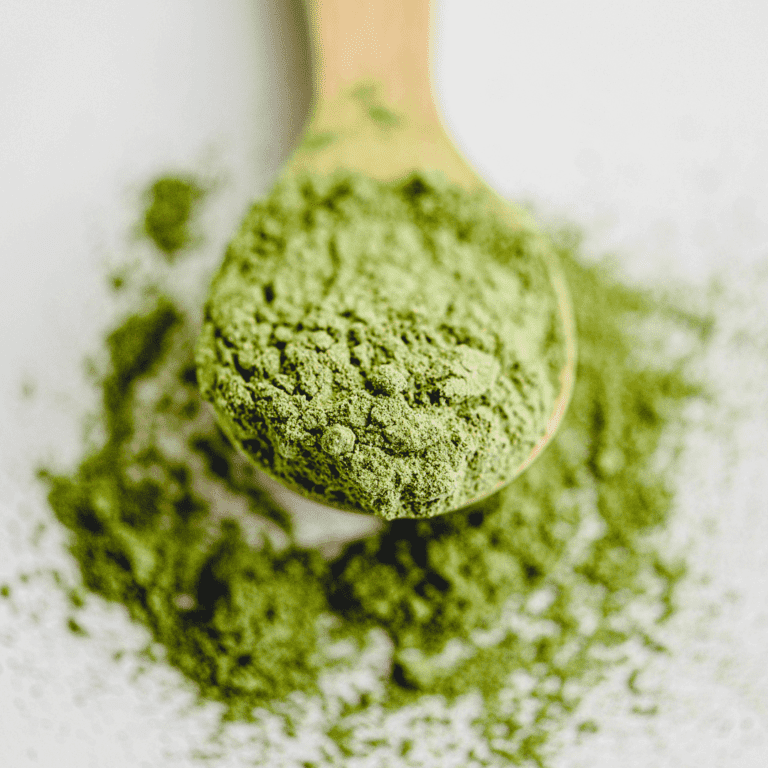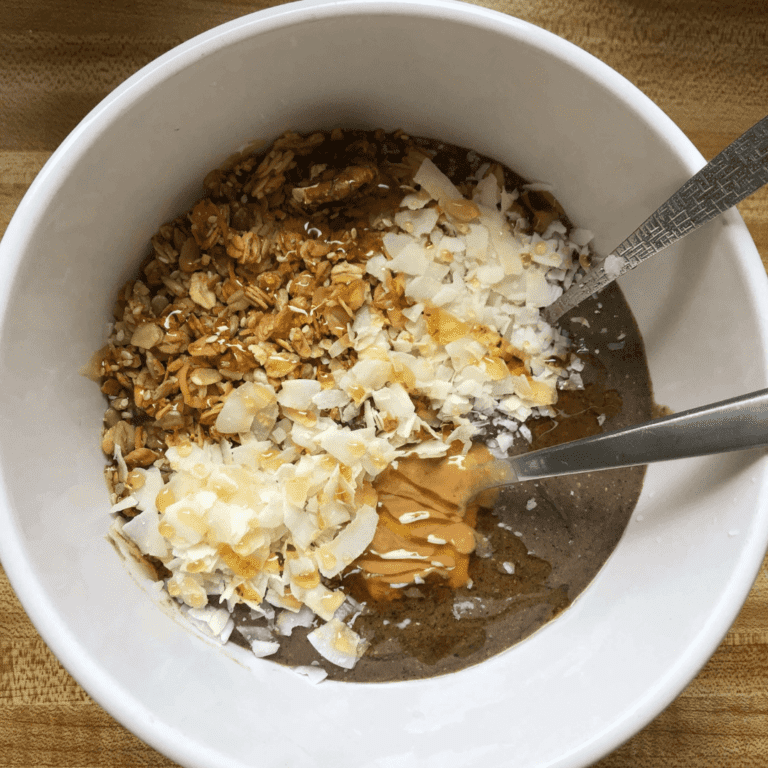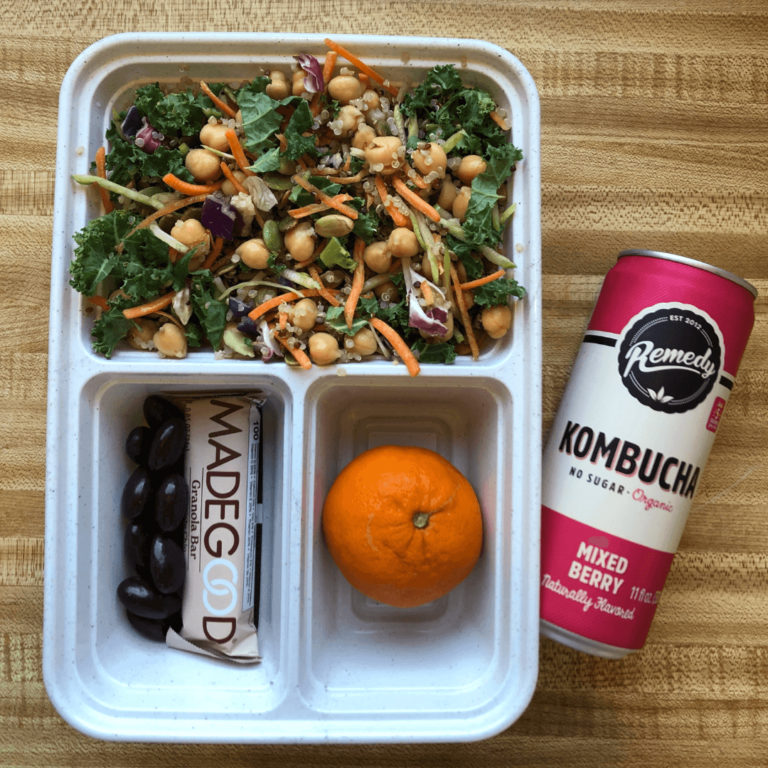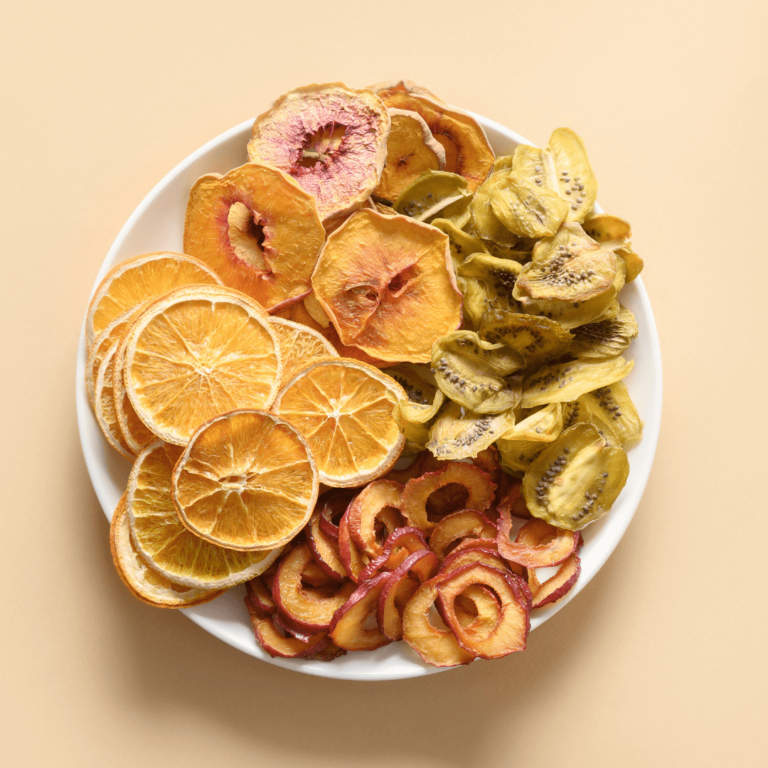What To Do With Leftover Pulp From Juicing For Zero Waste Cooking
The zero-waste lifestyle has many different avenues and one of the yummy ones is learning what to do with leftover pulp from juicing.
From fun juice pulp recipes to making cleaning supplies, art projects, composting, and even healthy treats for your furry friends, we will cover all the ways to extend the life of your produce.
Let’s save you some money, reduce food waste, and make juicing a beneficial and efficient part of your routine!
This post is all about how to use leftover pulp from juicing.

Benefits of zero-waste cooking and using leftover pulp from juicing
- Reduce food waste by using not just the juice but also the food scraps
- Great way to save you money by extending the use of the produce outside of just the juice
- You can still reap the benefits from the fiber found in the food scraps
- Other than cooking and baking, food scraps can be used for composting, diy cleaning products, and animal food
- You can add it to your compost pile to fertilize your homegrown food to make more juices in the future
- All the usual health benefits from fruits and vegetables (:
Creative Ways to Use Leftover Juice Pulp to Reduce Food Waste
1. Freeze leftovers from juicing and use it in nutritious smoothies

The big debate between juicing and smoothies always ends up surrounding fiber.
If you love a smooth juice but still want to reap the benefits of the fiber from plants you can freeze it. The next time you make a smoothie you can pop in a few of the frozen juice pulp ice cubes!
Simple smoothie recipes using leftovers from juicing:
- 1 cup of almond milk or water
- 1 scoop of plant-based protein powder
- Leftover pulp from fresh pressed juice (Carrot, pineapple, apple, celery)
2. Make nutritious baked goods

There are a gazillion recipes all across Pinterest about how to use juicing pulp to make sweet treats and breads a bit more nourishing.
Here is a list of juiced pulp baked good ideas to start with:
- Muffins
- Bread (Zucchini bread, banana/apple bread)
- Pancakes
- Pizza crust
- Cookies
- Cake (ex. Carrot pulp for carrot cake)
3. Hearty soup and vegetable broth

Bring some plant diversity into your soups with a base of a variety of vegetables leftover from juicing.
You can simply keep a silicone bag in your freezer with leftover vegetable food scraps and veggie pulp from juicing.
Once you have a good amount saved up, boil it with water and your favorite spices and you have a homemade veggie broth! You can strain out the chunks of vegetables and just have the flavorful broth if you prefer!
4. Homemade fruit leather or gummy bears

Are you or your kids obsessed with sticky and fruity snacks?
They are so fun and can be made with health in mind! After making your delicious juice save the leftovers to make convenient DIY snacks.
Easy fruit puree recipe using leftover juice pulp:
- Mix the fruit pulp with a tsp of lemon juice
- Preheat oven to 150 degrees Fahrenheit
- Spread the mixture on parchment paper or a silicone mat on a baking sheet
- Leave in oven dehydrating for a few hours
- Remove pan from the oven, let sit and enjoy!
{RECOMMENDED POST: Your Ultimate Guide To Juicing On A Budget For Beginners}
5. Bean burgers, veggie patties, falafel and more!
Use those leftover veggies for a savory lunch or dinner recipe.
You can add your leftover vegetable puree to bring more nutrients to your recipes. To make them even more filling add in things like grains, beans, spices, and quinoa!
6. Enhance your simple homemade hummus

Making hummus at home is super easy and quick. Spruce it up a bit by using leftover vegetable pulp from your juices.
Vegetables like peppers, cucumber, spinach, and celery are great to use when juicing and their pulp can easily be incorporated into homemade hummus. All you need is garbanzo beans, lemon juice, some garlic if you prefer and your veggie puree.
7. Healthy crackers
Know exactly what is going into your snack foods by making your own homemade crackers. Add in your favorite seeds, spices, herbs, and beans. You can easily bake these or pop them in your dehydrator.
8. Make compost tea with the Bokashi method
As you nourish your body you can nourish your garden as well. This is probably the easiest idea on the list but also has some great benefits.
The Bokashi method uses an air tight bucket (yay less smelly!), Bokashi bran to help the fermentation process and your food waste.
Your plants will be so happy from your homemade fertilizer.
{RECOMMENDED POST: 5 Incredibly Helpful Tips To Juice Without A Juicer}
9. Make dog treats
Include your furry friend in on the fun by making homemade dog treats.
Some ingredients are ok for dogs while others can be harmful. Be sure to be mindful of that while experimenting in the kitchen.
10. Unique sauces, dips and spreads
Take your usual sauce recipe and step it up with new flavors and textures using the pulp from your juices.
If you love salsa, you can easily incorporate juice pulp into your recipes for added nutrients.
11. Frozen treats like fruity popsicles

The key to healthy eating is preparation.
Pre-make some delicious popsicles by combining the fruit puree leftovers from juicing with coconut milk, coconut yogurt, juice, or water to freeze in popsicle molds and make your own popsicles.
12. Mix it with oatmeal, porridge, overnight oats, yogurt parfait topping or cereal
Bring in some extra flavor to your morning meals by sprinkling in some leftover pulp from your juices.
For warm meals it will blend pretty nicely but for colder meals, you may want to dehydrate the fruit puree first. Just depends on what textures you do or don’t like!
13. Use your leftover puree for herbal teas

Mix things up by adding your leftover pulp from juicing into a tea strainer and then let it steep in hot water.
You can also add in a tea bag on the side. This may sound like a random concoction but it is actually pretty tasty!
The heat from the water will draw out those last little notes of flavor left in your juice pulp.
14. Add vegetable puree to pasta sauce, lasagna, pizza sauce or plant-based bolognese sauce
Sneak in some extra veggies to your favorite pasta dishes by using leftover pulp from your vegetable juices.
Even just a few scoops is the perfect amount to bring in a little extra nourishment and you can freeze the rest in cubes for your next pasta night.
15. Add it to your energy bars, granola bars and energy balls

Granola bars are such a convenient snack! Sometimes they can be a little bland with just oats and peanut butter.
Use some of the puree from your fruit juices to spice things up with your homemade healthy snacks.
16. Feed it to your chickens, rabbits, pigs, or other pets
Dog treats take a bit of time to create but some animals are more than happy to eat your leftover fruit and vegetable puree as is.
Be sure to do some research to ensure that your pets can eat the ingredients you include!
17. Use your colorful pulp to make clothing dye for crafts
If you have frozen and baked everything you can think of, get crafty by making your own dye for clothes or homemade paint.
You can boil your puree and be left with fabric dye or water color paint to make whatever you desire (even easter eggs!)
Here are some foods that are great for making DIY dye:
- Beets
- Raspberries
- Strawberries.
- Red cabbage
- Blackberries
- Spinach
- Mint leaves
- Blueberries
18. Dehydrate it to make your own greens powder and fruit powder

Green powders can be pricey! May as well use your own leftovers to make your own at home.
Greens powder can be used for:
- Soups
- Casseroles
- Smoothies
- Veggie dips
- Salad dressing
- Non dairy-based spread
- Veggie cream cheese
If you make a fruit powder you can use it to flavor:
- Apple sauce
- Homemade sorbet
- Nice cream (banana ice cream)
{RECOMMENDED POST: The Best Foods To Dehydrate For Snacks}
19. Freeze it into ice cubes

Add a bit of leftover fruit puree to ice cube trays to have flavored ice cubes. It brings a little bit of color to your drink and flavor as it melts!
20. Throw your vegetable scraps in your compost bin

If all else fails or the zero-waste recipes turn out wonky, you can always throw your leftover juicer pulp in your compost bin.
Your organic matter will return to the earth and create new fresh produce for you or someone else.
How to use citrus peels from juicing in your home
- Make a low-waste cleaner by soaking the peels in vinegar for a few weeks. You will be left with a fresh citrus-scented all-purpose cleaner!
- Refresh your microwave by adding the peels to a bowl of water. Microwave it for a couple of minutes. Then wipe the interior of your microwave with a cloth. The acidity in the citrus will break down grease and burnt food in your microwave making it easier to wipe off.
- Make a simmer pot to naturally scent your home. All you need are your citrus peels, some water, and any herbs or spices of your choice to simmer on your stove.

Have any other creative ideas for what to do with leftover pulp from juicing? Let us know in the comments below! I’m sure others in the community would love to learn from you as well!
Be sure to sign up for the newsletter if you would like sustainability and wellness tips sent directly to your inbox!
Stay well,
Maggie
This post was all about the best juicing hacks for what to do with leftover pulp from juicing.
Other posts you may like:
7 Store Bought Non Alcoholic Drinks For Summer You Can Pick Up At Most Grocery Stores
Copy These 15-Minute Easy Plant-Based Meal Prep Ideas
13 Amazing High Protein Vegan Breakfast Ideas You Will Look Forward To Having Every Morning
If you would like to save this beginner juicing hacks post for later-Pin it!






